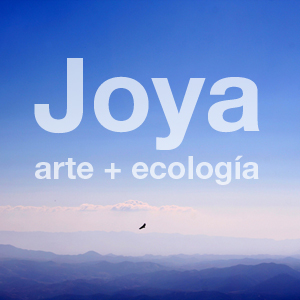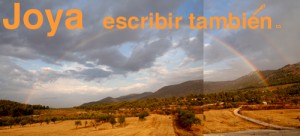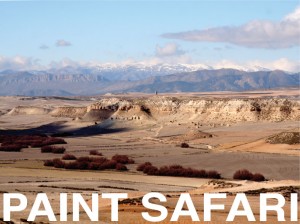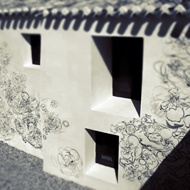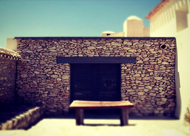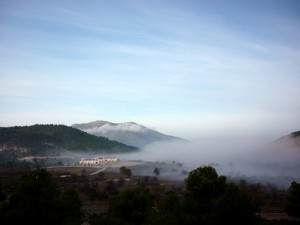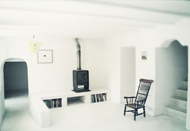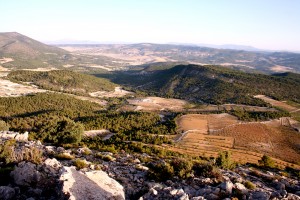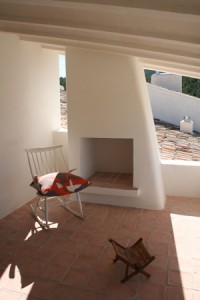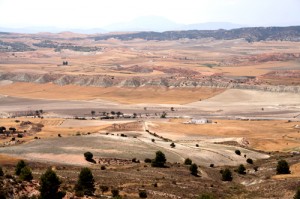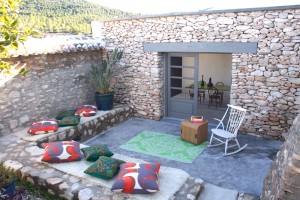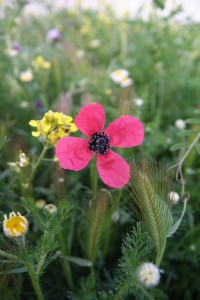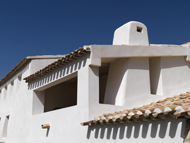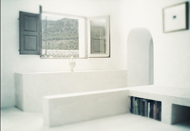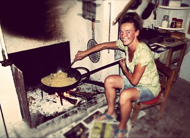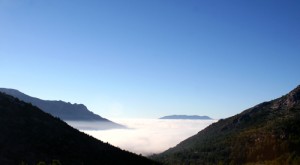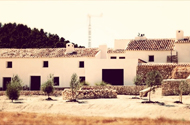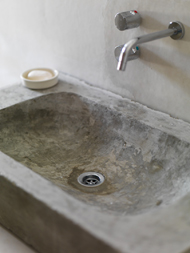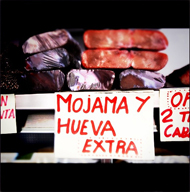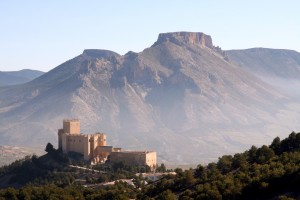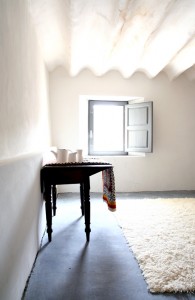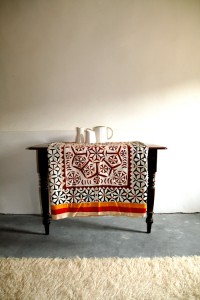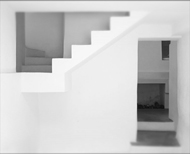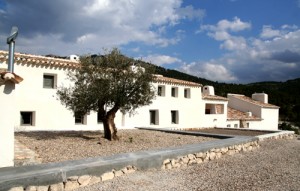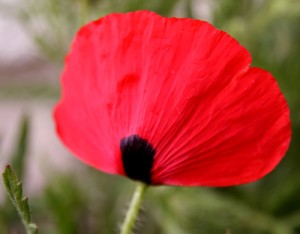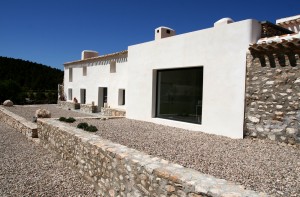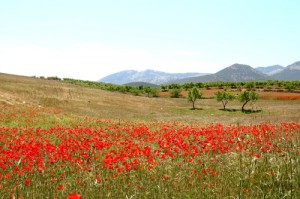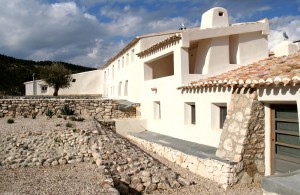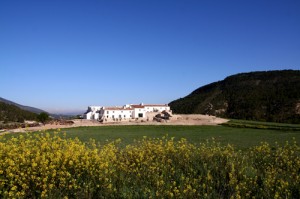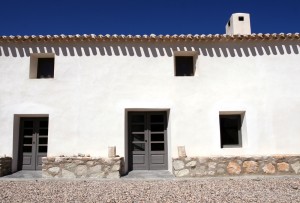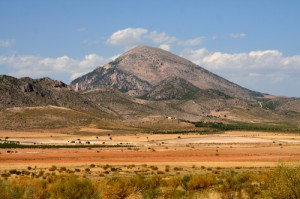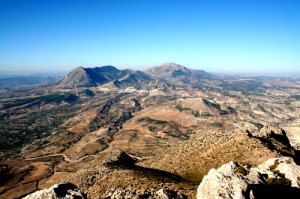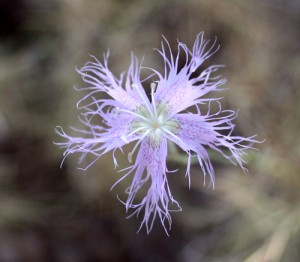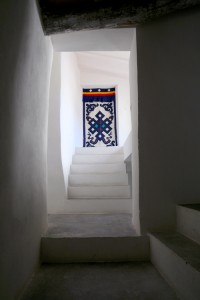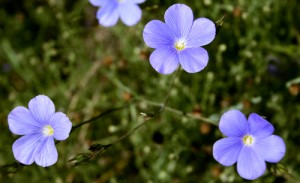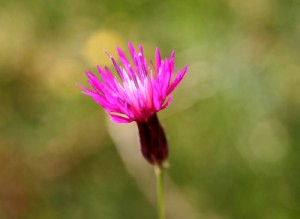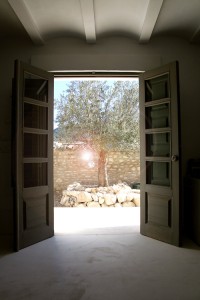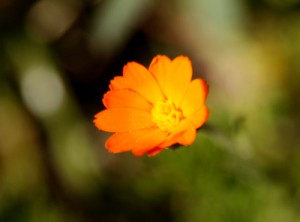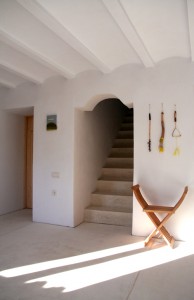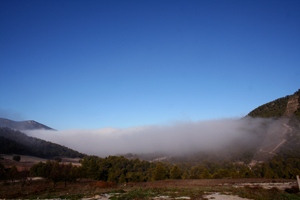PERMACULTURE DESIGN @ Los Gazquez
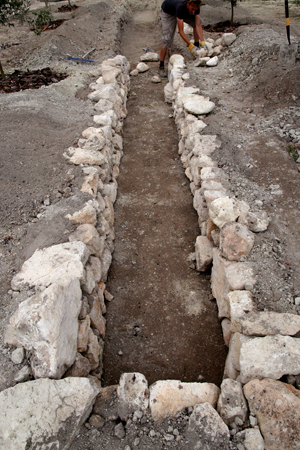 Here at Los Gazquez, with the help of able bodied Wwoofers, we are building a large swale. Permaculture design advocates the swale as a means of catching rainwater run off by contouring the feature across the landscape and enabling water infiltration into the soil. Here at Los Gazquez the first of these swales is to the front of the house within the new olive grove.
Here at Los Gazquez, with the help of able bodied Wwoofers, we are building a large swale. Permaculture design advocates the swale as a means of catching rainwater run off by contouring the feature across the landscape and enabling water infiltration into the soil. Here at Los Gazquez the first of these swales is to the front of the house within the new olive grove.
The concept of permaculture design is normally applied to the manifest application of bio-mechanical systems to enhance and preserve ecology in a sustainable fashion. That these designs approach maximum efficiency through strict adherence to mechanical lore reveals the vernacular within land usage as well as residential architecture. The result can often reveal the abstract integrity that is attached to the practical, which writer Jonathan Meads calls ‘art born of artlessness’. However, the vernacular is the unconscious work of craftsmen based on knowledge accumulated over years, whereas, design in the conscious pre-meditated application of a concept that appeals to the intellect.
But it is the spirit of the vernacular that appeals to us here at Los Gazquez. It is the pared down ‘first call’ of logic that excites us. Where there is only one way to make a construction with a pack of cards we intend to maximize the tolerances, the symmetry and the balance. The aim is not to achieve height through elevation but through art.
Our swale is not just a construct, it is a design to enhance contemplation. It’s dry stone fabrication is not elevated to restrict passage but hollowed to keep possession of that rare event in this alpine desert, rain. Boulder upon boulder is laid to retain the earth on either side. It’s alignment is not magnetic or celestial but at the bidding of gravity and it’s influence upon the elements in shaping the contours of the earth. It’s appearance is rectilinear as any other form within it’s relatively short 16 meters would be artifice, the contour being too large to induce a curve.
Our swale is an interruption within our landscape, it is an orchestration of indigenous form which at once enhances the ecology and arrests our attention, like a ravine without a bridge forces one to work out a strategy to reach the other side. Our swale is an interruption that opens the relationship between the viewer and the space.
Our swale draws us near to an historical narrative, to land use, climate and transition, to strategies born upon perceptions of inquiry.
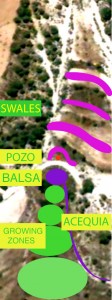 Gazquez we have a new scheme, an experiment with the techniques of Permaculture.
Gazquez we have a new scheme, an experiment with the techniques of Permaculture.
If you have never heard of Permaculture it is basically a design system for human settlements and perennial agricultural systems that mimic the relationships found in the natural ecology. It was conceived in Australia in the 1970’s by David Holmgren and Bill Mollison.
Their idea was to rapidly train individuals in a core set of design principles and then those individuals could go off and design their own self sufficient communities which wouldn’t rely on industrial systems which were exhausting the earths resources.
For our purposes we intend to use Permaculture water harvesting techniques to revive a dried up well. And the aim is to do this without resorting to ‘bore holes’ to find a more abundant water supply, but to create a water supply by the subtle exploitation of gradient and organic mulches.
The red dot in the centre of the drawing is the old dry pozo or well. It is a covered structure with a door and is about four meters deep. Below the well is the balsa or small reservoir to which one once would have deposited the water taken from the well. The acequia is the canal system introduced by the Moors to Spain and is used to transport the water from the balsa to the terraces below (or growing zones).
To start we are going to restore the fabric of the pozo and clear the old balsa of vegetation and undergrowth. Crucially this organic material is not going to be lost but kept for using as mulch.
Next, above the pozo we are going to dig a series of swales, indicated in purple. A swale is an English word to describe a low or hollow place or marshy depression between ridges. The swales will vary depending on the topology of the area and will vary in width and length but the depth will be in the region of 800 to a 1000 mm. The interior walls will be supported by dry stone walls. To the lower side of the swale a large mound of organic material, collected when clearing the land for the project, will be placed.
The idea is that when scarce rainfall does occur the swale fills with water. Being on a gradient the captured water water will sink into the earth. However and crucially, the mulch on the downside of the gradient will act as a sponge, gently supporting the water table being created beneath it nearer the surface. The principle is that the two fold action of the mulch is to support a water table beneath the surface by osmosis and to severely reduce evaporation from the surface.
In time a water table should establish itself and ultimately feed the old well again. And in turn we can fill the balsa and use the acequia to irrigate the terraces below and start growing organic crops for the house.
It sounds so easy I know, but this is an experiment and I shall make this an on going column on my blog with it’s own page.

